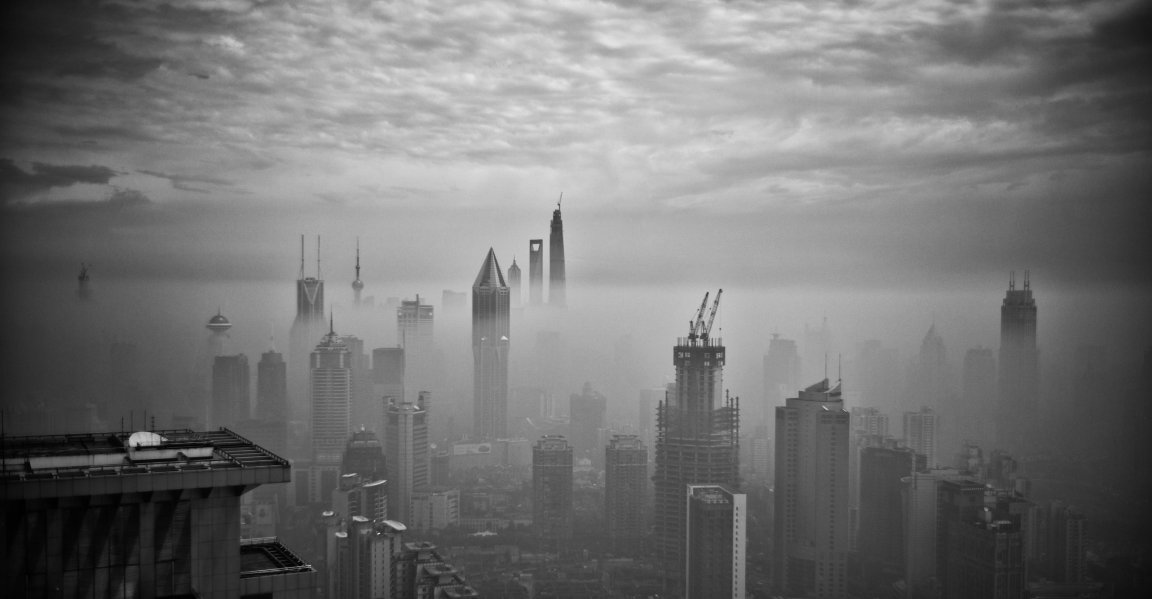
Traveling Pollution
Despite lowered carbon emissions in the United States, smog levels continue to rise on the country’s west coast. Now, thanks to research recently published in the journal Atmospheric Chemistry and Physics, we may know why.
Led by scientists from the National Oceanic and Atmospheric Administration and the Environmental Protection Agency (EPA), the researchers found that human-created emissions in Asia are the “major driver” of rising ozone levels in the western U.S. Put simply, the air pollution from Asia travels across the Pacific Ocean to increase pollution levels in the U.S.
To arrive at this conclusion, the researchers looked at changing levels of ground-level ozone — a major component of smog — in cities, rural areas, and national parks from 1990 to 2014. They studied areas ranging from Joshua Tree National Park in Southern California to Denver, Colorado to the eastern U.S. Ultimately, according to NPR’s Rob Schmitz, “Scientists found Asian air pollution contributed as much as 65 percent of an increase in Western ozone in recent years.”

No Air Left
Breathable air is one thing humans just can’t live without. However, clean air is not as universally available as we might think, and it’s often taken for granted in places where pollution isn’t a major problem. Many Asian countries, especially China and India, already have serious issues with air pollution. In places like Beijing, children sometimes aren’t allowed to go to school because the air is too dangerous to breathe, and the problem is spreading, with recent findings predicting that coal emissions will triple in Southeast Asia by 2030.
According to the EPA, high levels of ground-level ozone “can be harmful to people, animals, crops, and other materials.” They assert that it “can aggravate asthma, and can inflame and damage cells that line your lungs.” And this is just the beginning. Thankfully, many are hard at work to solve the problem of escalating global air pollution.

In China, for example, steps are being taken to clean the air. Harmful pollutants like PM2.5, which can penetrate the human lungs and bloodstream, are now monitored and tracked. This results in some accountability and the recording of data to show what is actually going on. This increased access to information will allow for more progress in combating the problem.
Additionally, companies, individuals, and governments alike can continue to strive toward lowered emissions. Whether it be from a person making the switch from a fossil fuel-powered car to an electric one or a major corporation setting lower emissions limits, we can all do something. Governments can help, too, and many are implementing air pollution credits and grants designed to incentivize the lessening of emissions.
Air pollution doesn’t care about international boundaries. It is a problem for everyone on Earth, and while governments and corporations are taking notice and changing practices, so much more can be done. We need to remember that just because something seems like a far away problem, it can still affect us wherever we are.